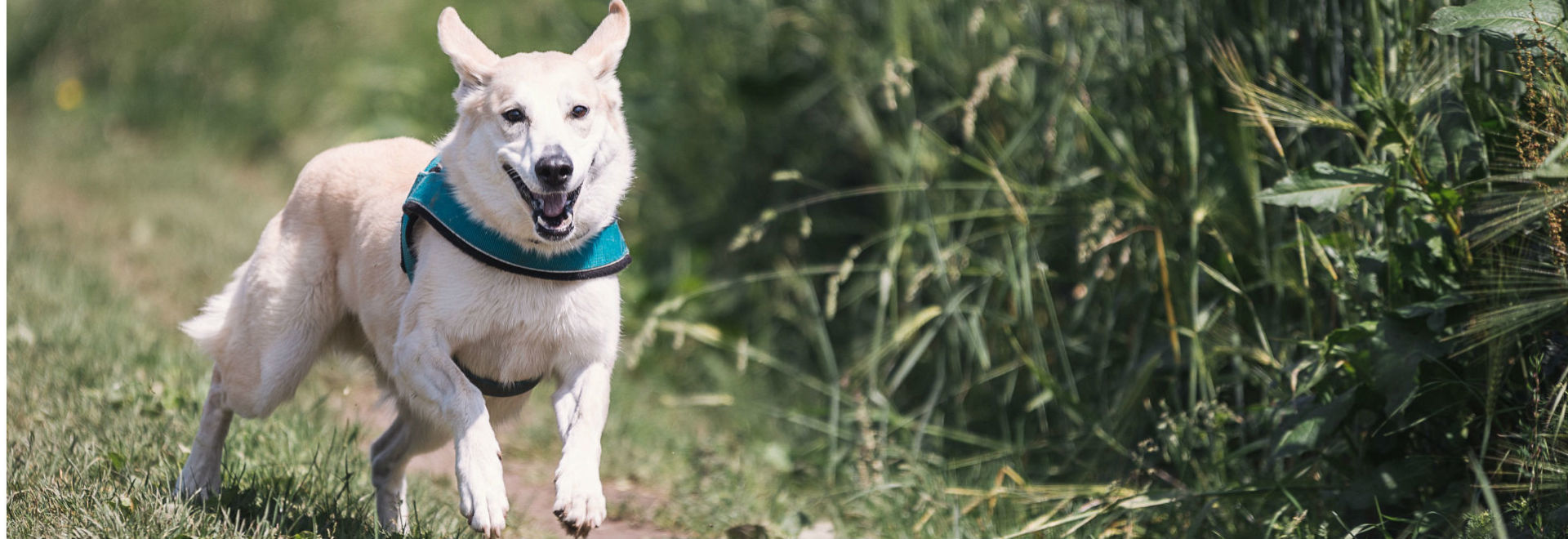
“It’s ok, he’s friendly!” - Is it though?
Want to know the one phrase that leaves dog trainers and dog professionals continuously with their head in their hands?
“It’s ok, he’s friendly”.
It’s no surprise to anyone who knows me that, despite having my dog from just 8 weeks old, and despite our best efforts, he has struggled to be what many would perceive as normal from the very beginning. This could be a result of many things which may have happened before we even brought him home, which is a story for another blog!
As a result of Bowie’s behaviour, which didn’t appear to be responding to the techniques suggested in the regular puppy training manuals out there, I decided to study canine behaviour when he was around a year old. As a result, I was quickly able to start turning things around for him, but we still have work to do and maybe always will. But we can’t do it alone, we need the help of other dog owners in order to succeed.
Almost every day we come across a dog that isn’t under control, and despite the bright yellow nervous lead hanging around my neck or attached to my dog, there’s always that one dog who makes a beeline for us, followed by that dreaded phrase, “It’s ok, he’s friendly”. Sorry to sound like a misery here, but it’s really never ok.
The important thing to note here, is that just because my dog is not unfriendly, doesn’t mean he is comfortable with long interactions with other dogs, and he's not alone. I mean, would you be ok with me getting right up close when we'd never met before?
Because Bowie and I have learned how to communicate with each other and he knows how to subtly tell me, “Mum, can we go?” he can usually say a quick hello, and move on. Even if I make a mistake (I know, shock horror, but it happens occasionally) and he approaches another dog at close range, he can generally be recalled in seconds, as it’s usually an anxious reaction to check the dog out, rather than to say a friendly hello.
Unfortunately, there are often situations where we either can’t easily move on or are followed by a friendly dog desperate to play. Bowie then has his choice of leaving taken away, and it can resort to barking or frantic running around, away from the dog and often into other people or objects. This behaviour is something that myself, and many other dog owners, have worked tirelessly to reduce, and are trying to avoid completely so it isn't a go-to behaviour. To put it all in perspective, when he barks and your dog leaves, what has he learned?
The barking worked. I’ll do that again next time, only earlier, so the dog doesn’t come up to me to begin with, because that was really scary and I want to avoid that happening again.
There we are, back at square one, whilst the friendly dog and owner continue their walk, blissfully unaware of the damage that has just been done.
Once in a while this may not be an issue, dogs aren’t robots, things go wrong sometimes, but believe me, this happens several times a week for us, if not every day. What we need is consistent, incident free walks in order to improve. Yes, we could walk somewhere quiet, and we do, but at some point, we need to walk in the 'real world' so we can address these issues.
Many dogs enjoy interactions with other dogs, and it is of course important for them to play and socialise if that's what they enjoy, but check the body language of the owner. If they’re clutching at their dog’s lead, holding onto them, standing out of the way, or distracting them with treats as they pass, an interaction with your dog is probably not what they want. The more dogs that ignore that dog, or say a quick hello and move on (if that’s ok and the dog is comfortable doing that), the more the dog learns that actually, other dogs aren’t that scary after all and nothing bad happens when I'm around them. By simply ignoring us, you're doing us a massive favour and helping to build our dog's confidence in these scenarios.
The same applies to human - dog interactions too. Trying to pet an anxious or excitable dog without permission can also lead to them rehearsing behaviours the owner doesn’t want, such as jumping up and barking. There is never a good reason to try and pet a dog you don’t know, without permission, just like there’s no good reason why the friendly dog is allowed to approach a person it doesn’t know, they might equally be anxious around dogs too.
It’s really simple, don’t allow your dog to approach another dog or person if they cannot be recalled or controlled. If that means putting them on a lead until the temptation is gone, then do that. I promise you, owners like me will thank you for it and it will also keep your dog safe from harm.